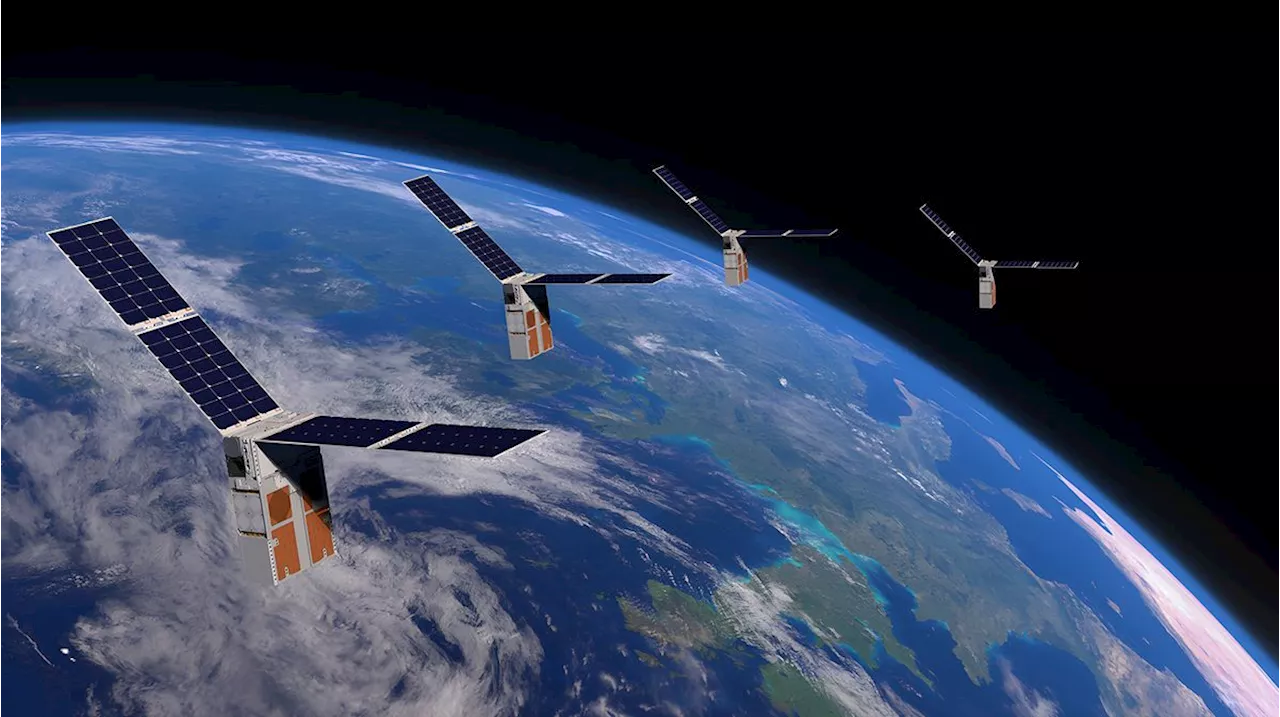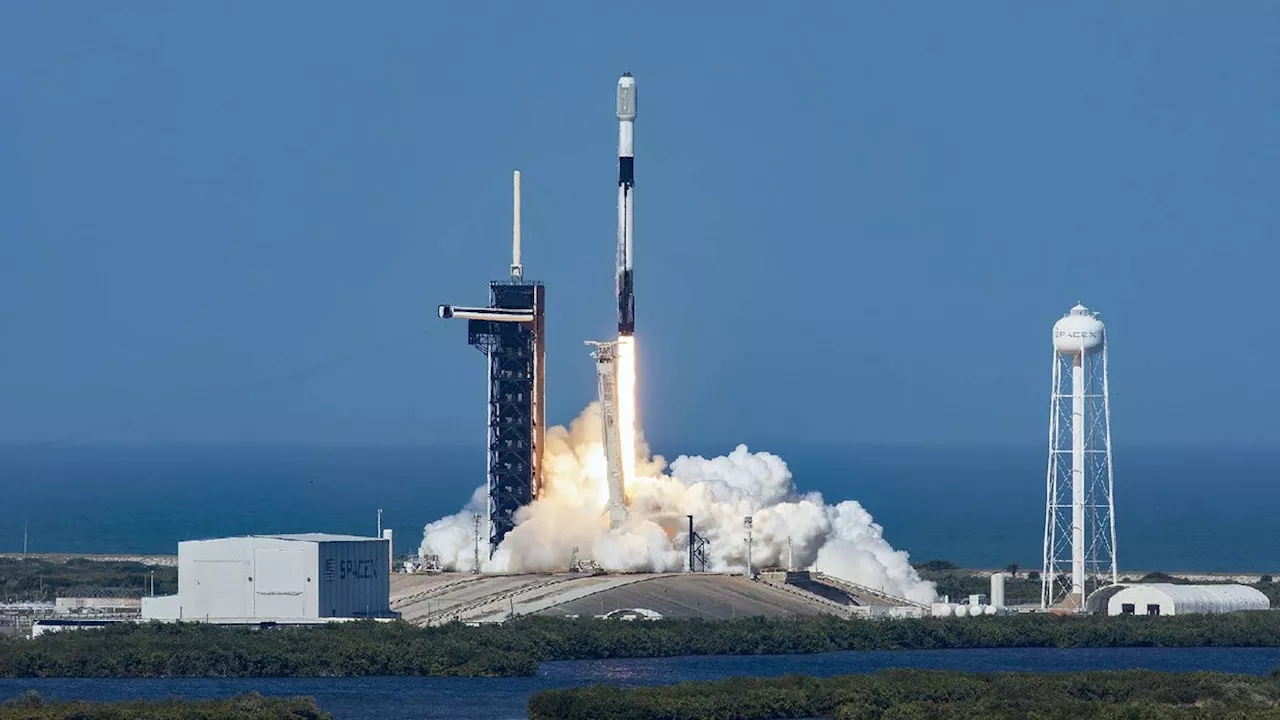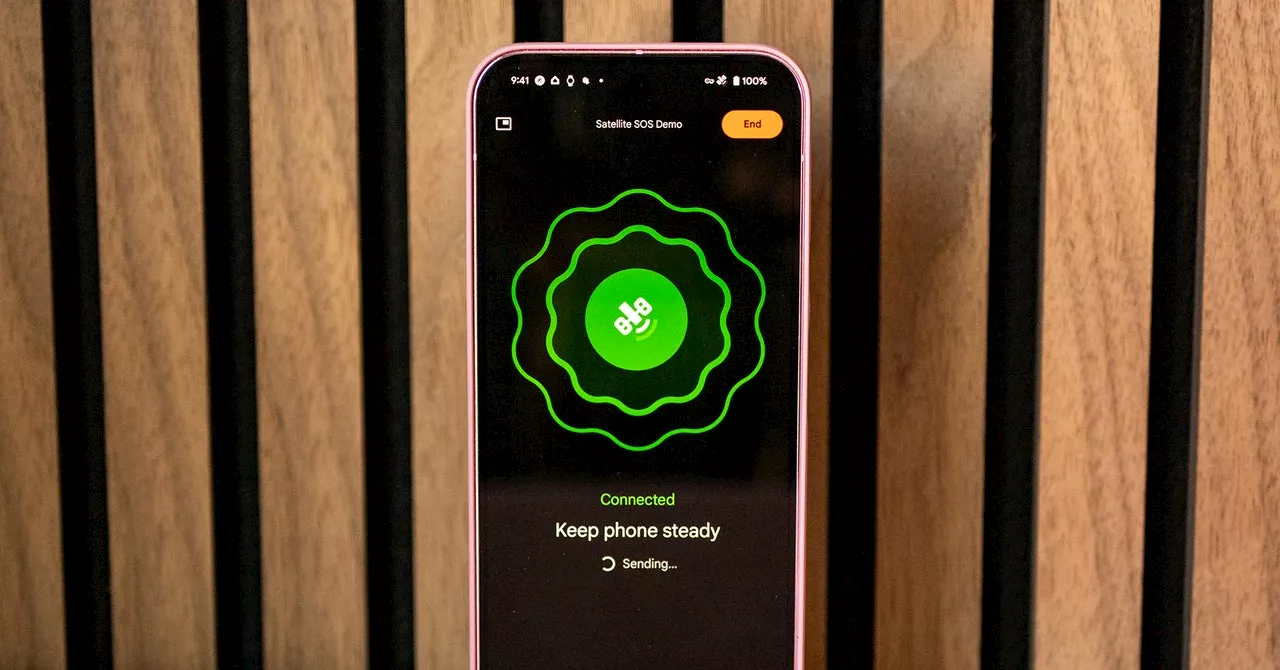Like recent iPhones, Google’s latest Android phones support satellite messaging when you don’t have cellular connectivity.
Satellite messengers have been essential gadgets for wilderness explorers for years. But in 2023, Apple enabled satellite messaging functionality in select iPhones. Now, Google is doing the same on its Pixel 9 smartphones, and it's a feature you can expect to crop up in more Android phones come 2025. The device that does it all, which you probably have on you at all times, is now even more useful in emergencies and might even save your life.
That includes your emergency contacts and your Google Account. Your “name, email, phone number, location, device information, and emergency contacts are shared with emergency services and satellite service providers.” When you tap Start on Satellite SOS, you'll first be prompted to answer a few questions about your emergency, like whether you're in a vehicle, and if anyone is in immediate danger. Once you answer these questions, you can then connect to a satellite.
Emergency Smartphones Phones Android Google How-To Travel
United States Latest News, United States Headlines
Similar News:You can also read news stories similar to this one that we have collected from other news sources.
 Who’s Jenn’s Ex-Boyfriend From Before The Bachelorette Season 21?The devil works hard, but Bachelor Nation works harder.
Who’s Jenn’s Ex-Boyfriend From Before The Bachelorette Season 21?The devil works hard, but Bachelor Nation works harder.
Read more »
 3 decades of satellite images show how cities keep getting higherSharmila Kuthunur is a Seattle-based science journalist covering astronomy, astrophysics and space exploration. Follow her on X skuthunur.
3 decades of satellite images show how cities keep getting higherSharmila Kuthunur is a Seattle-based science journalist covering astronomy, astrophysics and space exploration. Follow her on X skuthunur.
Read more »
 StarFOX autonomous satellite swarm could level up space explorationRahul Rao is a graduate of New York University's SHERP and a freelance science writer, regularly covering physics, space, and infrastructure. His work has appeared in Gizmodo, Popular Science, Inverse, IEEE Spectrum, and Continuum. He enjoys riding trains for fun, and he has seen every surviving episode of Doctor Who.
StarFOX autonomous satellite swarm could level up space explorationRahul Rao is a graduate of New York University's SHERP and a freelance science writer, regularly covering physics, space, and infrastructure. His work has appeared in Gizmodo, Popular Science, Inverse, IEEE Spectrum, and Continuum. He enjoys riding trains for fun, and he has seen every surviving episode of Doctor Who.
Read more »
 FCC effectively kills off T-Mobile and SpaceX's satellite ambitions (for now)Anam Hamid is a computer scientist turned tech journalist who has a keen interest in the tech world, with a particular focus on smartphones and tablets. She has previously written for Android Headlines and has also been a ghostwriter for several tech and car publications.
FCC effectively kills off T-Mobile and SpaceX's satellite ambitions (for now)Anam Hamid is a computer scientist turned tech journalist who has a keen interest in the tech world, with a particular focus on smartphones and tablets. She has previously written for Android Headlines and has also been a ghostwriter for several tech and car publications.
Read more »
 US Army adopts Phoenix E for next-generation automated satellite communicationsThe US Army has deployed the Phoenix E system, a versatile, multi-band SATCOM system that significantly upgrades from the Phoenix D.
US Army adopts Phoenix E for next-generation automated satellite communicationsThe US Army has deployed the Phoenix E system, a versatile, multi-band SATCOM system that significantly upgrades from the Phoenix D.
Read more »
 US Navy could get 20x faster internet connectivity using Starlink satelliteThe US Navy is exploring the use of SpaceX's Starlink satellite internet to provide high-speed connectivity across its fleet.
US Navy could get 20x faster internet connectivity using Starlink satelliteThe US Navy is exploring the use of SpaceX's Starlink satellite internet to provide high-speed connectivity across its fleet.
Read more »
